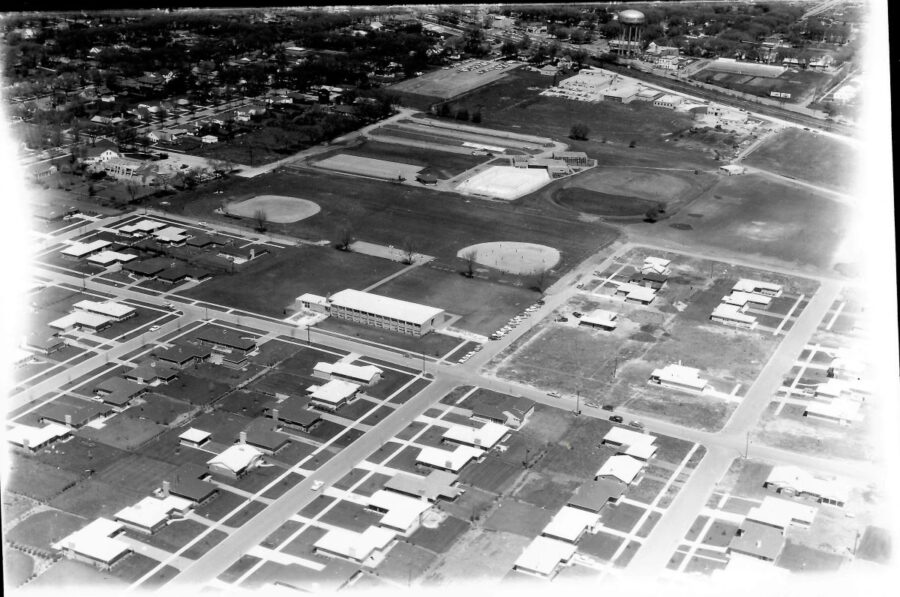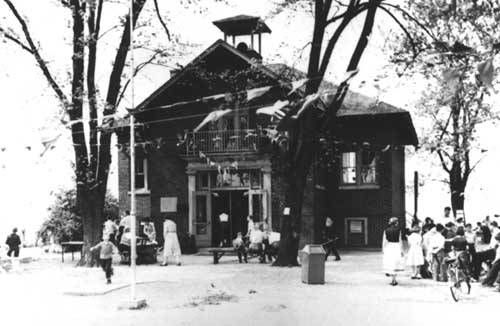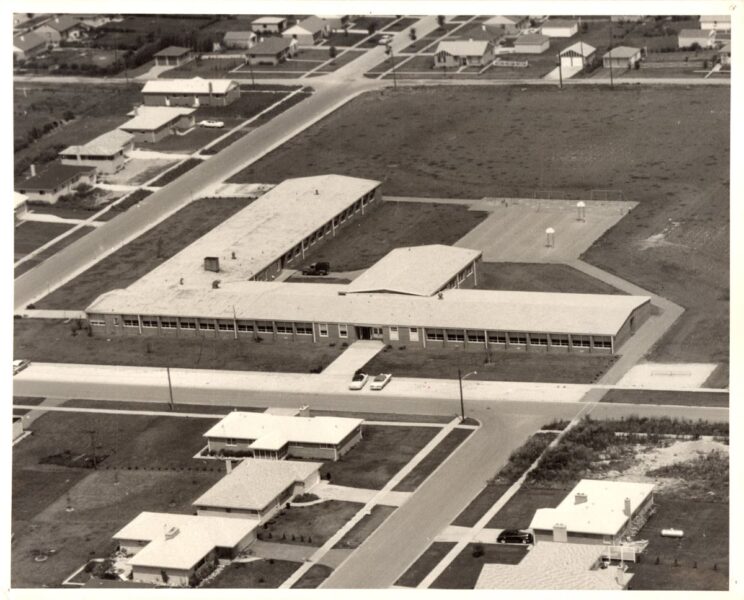Grade levels: K-12
Built: First building 1882
Second building 1899
Is it still standing? Yes
If not, when was it demolished? First building burned in 1899 and was rebuilt
Is it still a school? Yes
History
Maryville is one of the oldest and most famous schools in the northwest suburbs. In 1880 Archbishop Patrick A. Feehan came to Chicago and was confronted with young boys who were living on the streets and were forced to steal to stay alive. He turned to wealthy church members and was able to raise funds to purchase land for the founding of a institution to help aid these children. In 1882 Archbishop Patrick A. Feehan purchased the 440 acre River Bend Knott Farm with the plan to transform it into a training school for boys. He hoped to be able to teach the young boys both academic programs and the skills that they would need to be “productive citizens of the world.” It was originally called Saint Mary’s Training School for Boys and started with four Christian Brothers, one of which was Bernard Fackeldey AKA Brother Teliow, who became the first supervisor of the school. The first class was approximately 30 young boys from Chicago. By 1883 the school housed over 120 students. The early founders believed in being open to boys from all races, religions and backgrounds, so they admitted 51 young Native American boys from the Sioux and Chippewa tribes. However, these students had been relocated by the federal government from reservations in the Southwest and were not prepared for the harsh winters. Five of these students died in the first year and the others were returned to their home reservations.
In 1887 the school purchased the neighboring Parmalee Farm, adding 400 acres to the schools holdings. By the early 1890s the school had grown to over 325 students, most of whom were Cook County wards. In 1899 a fire consumed most of the school, however the Catholic Churches in the area rallied together and raised enough money to rebuild the facility and enlarge it to house up to 1600 students. In 1902 Archbishop Feehan died and was replaced by James E. Quigley. One of the most important things that Quigley did was to make the school co-educational. In 1906 Quigley replaced the Christian Brothers with the Sisters of Mercy in preparation and in 1911 the school became co-ed. The student population reached its highest levels in the 1930s, when many families were not able to support their children. In 1950 the school held a contest to rename the institution. The name that was chosen was “Maryville, City of Youth.” In the 1960s and 1970s, the enrolment shrank as many social workers began to favor foster homes over institutional housing. The school was shaken at the end of 2002 with the suicide of a resident student. This brought on a critical review of the institution, which showed some serious issues, and major changes to the administration and operations of the school were undertaken.


